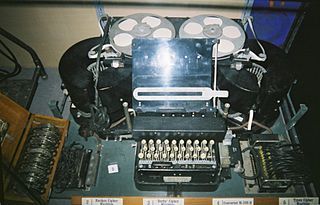
Museum highlights include military vehicles and motorbikes, uniforms and equipment, medals and memorabilia, plus special displays on Codes and Codebreaking, and Women at War.
One museum focus is the history of the Royal Corp of Signals, from its formation during the Crimean War. Before the Crimean conflict there had been no military unit specialising in communications. It was only after the development of the electronic telegraph and the widespread adoption of Morse code that signalling became an integral part of soldiering. In 1870 C Telegraph Troop was formed as part of the Royal Engineers.
Since then the Royal Signals have been a part of every major military operation, spanning the globe from Abyssinia to Angola. One of the most famous episodes in the Corp's history occurred during the Ashanti Campaign of 1895-96, when men of the Telegraph Battalion managed to Prahsu. Arrival of the men of the Telegraph Company surprised King Prempeh, who surrendered and ceded his throne, which is now a prize display in the museum.
One of the most interesting exhibits at the Signals Museum is focussed on Codes and Codebreaking. Trace the history of military codes from the days of classical Greece, and see how cryptography developed.
See medals, uniforms, and photographs, but more importantly, discover the personal stories of the men and women who have served with the Corps. See how the Royal Signals contributed to the D-Day invasions, creating a 'smokescreen' of false message to mask the course of the real invasion. The Corps' efforts were so successful in making Hitler think that the D-Day landings would focus on the Pas de Calais area that he thought the actual landings were a deception.
The museum was originally opened in Catterick, Yorkshire, and came to Blandford Camp in 1967 as part of the Royal School of Signals. Since the museum is located within a working military camp, all adults must have valid ID before they will be allowed to enter the camp! See the official website for details.



